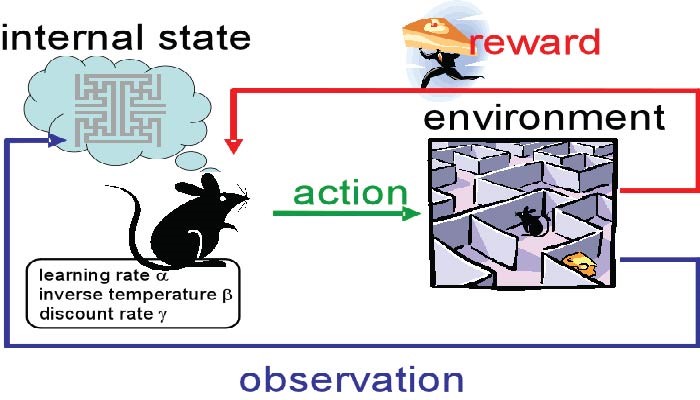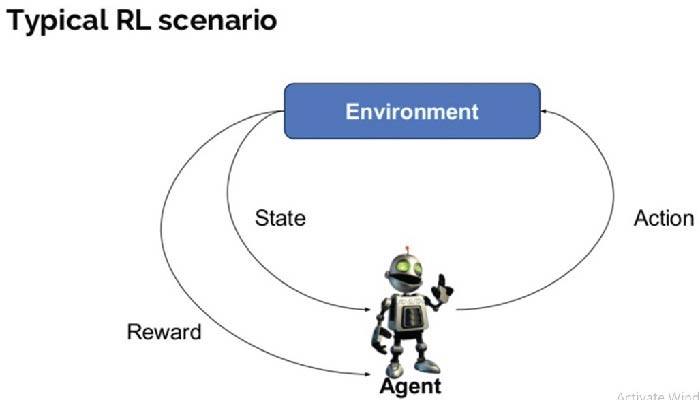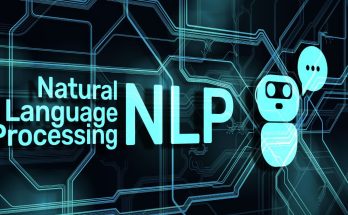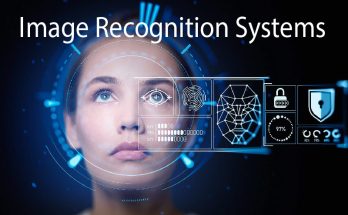Mastering Reinforcement Learning: Navigating the Path to Expertise
Reinforcement learning (RL) stands as a powerful paradigm in the field of artificial intelligence, enabling agents to learn optimal decision-making strategies through interaction with an environment. Mastering reinforcement learning requires a deep understanding of its principles, algorithms, and applications across various domains. In this article, we embark on a journey to explore the intricacies of reinforcement learning, providing insights into its theoretical foundations, practical implementations, and strategies for achieving mastery.

Understanding Reinforcement Learning
Reinforcement learning revolves around the concept of an agent learning to make sequential decisions in an environment to maximize cumulative rewards. At its core, RL involves three main components: the agent, the environment, and the reward signal. The agent interacts with the environment by taking actions, which lead to state transitions and corresponding rewards. Through this iterative process of exploration and exploitation, the agent learns to identify optimal policies that dictate its actions in different states.
Key Components of Reinforcement Learning
State, Action, and Reward: States represent the configurations of the environment, actions are the decisions taken by the agent, and rewards quantify the immediate feedback received by the agent after each action.
Policy: A policy defines the mapping from states to actions and guides the agent’s decision-making process. It can be deterministic or stochastic, depending on whether it prescribes a single action or a distribution of actions for each state.
Value Function: The value function estimates the expected cumulative reward that an agent can obtain from a given state or state-action pair. It serves as a critical component in evaluating the desirability of different states or actions.
Model: In some RL settings, agents have access to a model of the environment, which provides insights into the dynamics of state transitions and rewards. Models can aid in planning and decision-making, especially in complex environments.
Algorithms for Reinforcement Learning
A plethora of algorithms has been developed to tackle reinforcement learning problems, each with its strengths and weaknesses. Some of the prominent RL algorithms include:
Q-Learning: A model-free algorithm that learns the value of state-action pairs iteratively through temporal difference learning.
Deep Q-Networks (DQN): Combines Q-learning with deep neural networks to handle high-dimensional state spaces, enabling RL in complex environments such as video games.
Policy Gradient Methods: Directly optimize the policy parameters to maximize expected rewards, bypassing the need for value function estimation.
Actor-Critic Methods: Combine elements of both value-based and policy-based approaches by maintaining separate networks for the policy and value function.
Proximal Policy Optimization (PPO): A state-of-the-art policy optimization algorithm that balances exploration and exploitation through constrained optimization objectives.
Applications of Reinforcement Learning
Reinforcement learning finds applications across a wide range of domains, including:
Robotics: RL enables robots to learn motor control and task execution through trial and error, leading to advancements in autonomous navigation, manipulation, and assembly.
Game Playing: RL algorithms have achieved remarkable success in mastering complex games such as chess, Go, and video games, surpassing human performance in some cases.
Finance: RL techniques are utilized in algorithmic trading, portfolio management, and risk assessment, where agents learn to optimize investment strategies based on market dynamics.
Healthcare: RL contributes to personalized treatment planning, disease diagnosis, and medical image analysis, aiding clinicians in decision-making processes.
Autonomous Vehicles: RL plays a crucial role in the development of self-driving cars, where agents learn to navigate traffic, interpret road signs, and respond to unpredictable scenarios.
Strategies for Mastering Reinforcement Learning
Achieving mastery in reinforcement learning requires dedication, practice, and a structured approach. Here are some strategies to enhance your proficiency:
Build a Strong Theoretical Foundation: Gain a deep understanding of RL concepts, algorithms, and mathematical principles through textbooks, online courses, and research papers.
Hands-On Implementation: Practice implementing RL algorithms in simulation environments such as OpenAI Gym, PyBullet, or Unity ML-Agents. Experiment with different algorithms and hyperparameters to gain intuition about their behavior.
Study State-of-the-Art Research: Stay updated with the latest advancements in RL by reading academic papers, attending conferences, and following research blogs and forums.
Collaborate and Share Knowledge: Engage with the RL community through online forums, meetups, and collaborative projects. Sharing insights and experiences with peers can accelerate learning and foster innovation.
Experiment with Real-World Applications: Apply RL techniques to real-world problems in domains such as robotics, finance, healthcare, or autonomous systems. Practical experience enhances your problem-solving skills and exposes you to diverse challenges.
Conclusion
Mastering reinforcement learning is a journey that demands dedication, perseverance, and continuous learning. By understanding its foundational principles, exploring diverse algorithms, and applying them to real-world problems, one can unlock the potential of RL and contribute to its advancement. Whether you’re a student, researcher, or practitioner, embracing the challenges of reinforcement learning opens doors to new possibilities and fuels innovation in the field of artificial intelligence.



